Iran – Lahijan, April 30-01 May 2011
Heiko Bleher was invited for a workshop and to hold a seminar on ichthyology at the Islamic Azad University in Lahijan, at the Caspian Sea. The seminar as coordinated by Dr. Habib Vahabzadeh, senior researcher and member of the scientific board I. A. U., and other professors and members of the University, as well as Behnam Karimifir from Esfahan.
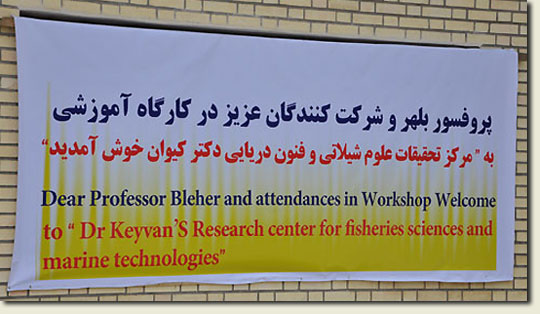
Heiko Bleher was honoured to give a seminar on ichthyology and do a workshop at the Islamic Azad University, Lahijan, in May 2011 and did specially fly into Lahijan at the Caspian Sea from Shiraz, where he had given a two-day seminar – the 2nd International Seminar of Ornamental Fishes & Plants by Heiko Bleher, 30 April & 1 May, 2011.

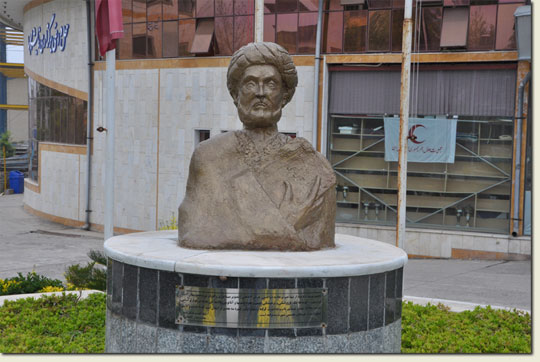
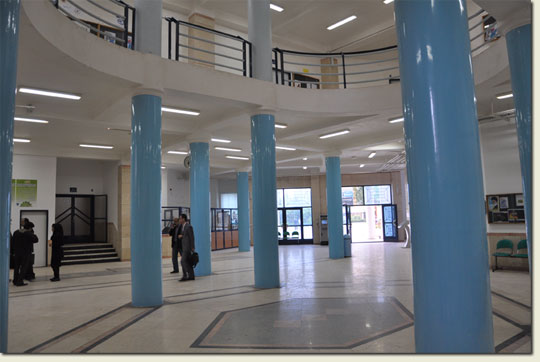
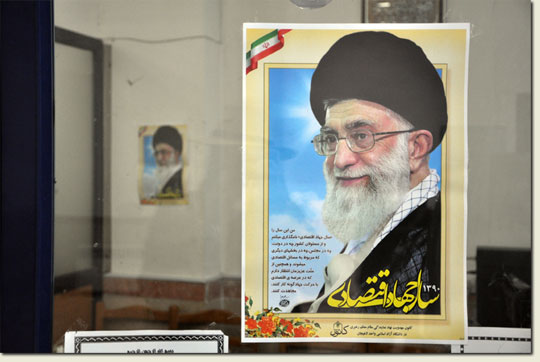
The Islamic Azad University (Persian: دانشگاه آزاد اسلامی , Dāneshgāh-e Āzād-e Eslāmi) is a Iranian private chain of universities. Headquartered in Tehran, Iran, the Islamic Azad University was founded in 1982 and currently has an enrollment of 1.5 million students, making it the world’s third largest with over 400 branches across the country and is also present in other countries. The Islamic Azad University can be found in the U.A.E., United Kingdom, Tanazania, Lebanon and Armenia in Malaysia, Canada, Afghanistan and Tajikistan. The university has accumulated assets estimated to be worth between $20 and $25 billion. Heiko gave his seminar and workshop at the Lahjian branch, which is a beautiful building with a giant entrance hall to the main building and the Ayatollah Ali Khamenei, Iran’s supreme leader since 1989, the country’s true authority, present everywhere.

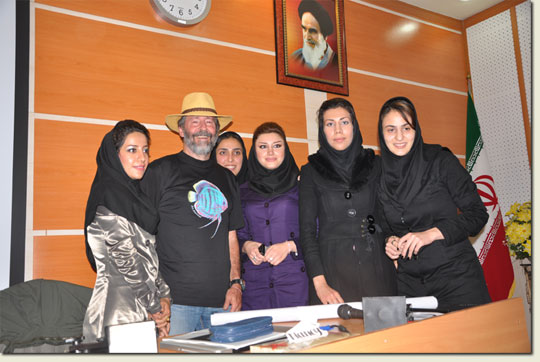
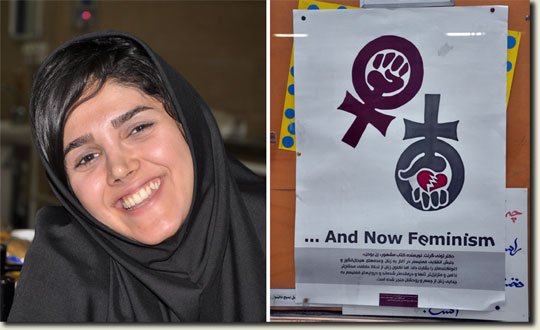
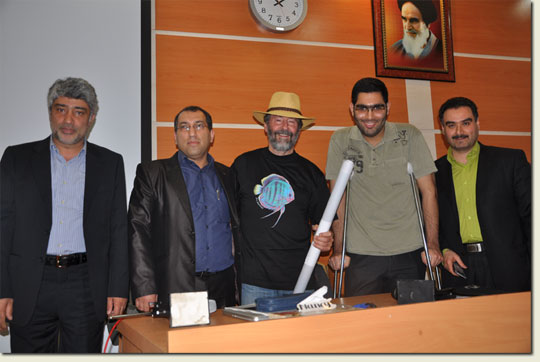
The seminar was very well attended, specially by women students and there is a strong movement with posters even in English at the University: « … And Now Feminism ». There are some beautiful women and every one wanted to be photographed with Heiko.





Lahijan or Lahidjan (Lāhijān or Lāhidjān) is located in the Iranian northern province of Gilan with both traditional and modern architecture and an artificial lake in its centre. The city lies on the western slope of the Alboraz range, with Iran’s highest peak, the Damāvand (5,621 m). Lahijan is a major tourist hub and the tea-capital of Iran. The country has a history of tea culture since the15th Century – before coffee was the main beverage in Iran. However, as most coffee producing countries were located far from Iran, shipping was very difficult. With a major tea producing country, China, located on a nearby trading path, « the silk-road », tea became an easy access. Only in 1899 Prince Mohammad Mirza who was born in Lahijan, started Iran’s first successful cultivation in Lahijan. Mirza, who was the first mayor of Tehran and an Iranian ambassador to India under British rule, knew that the British would not allow him to learn about the secrets of tea production, as it was their biggest business in India at the time. So being fluent in French, the prince pretended to be a French labourer and started to work in the tea plantations and factories to learn how to produce tea. Ultimately his plan was to take back some samples of this tea to Iran to cultivate. He was successful in this endeavour only because of his diplomatic immunity, which stopped the British from searching his secretly stashed sample. At the time, Mirza brought 3000 saplings into his country from the Northern part of India, Kangra. He started the cultivation in this region as the climate was well suited for tea cultivation, and the tea industry quickly expanded. The prince’s mausoleum in Lahijan is now part of the Iran National Tea Museum. Most of the farms are located on hillsides like the ones in Darjeeling. They produce an orthodox style of black tea. The colour of Iranian tea is red and taste is fairly light, and it is delicious without adding any milk or sugar. The total production of black tea in 2009 was approximately 60’000 tons.
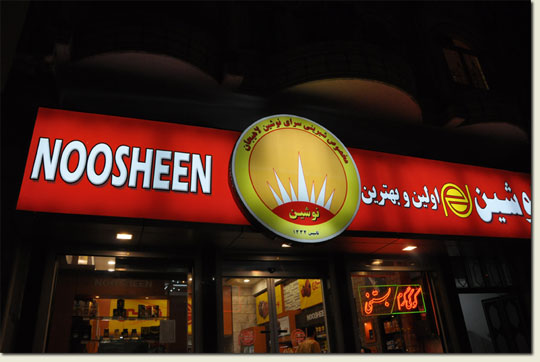


Lahijan’s cookies (Kulucheh) are also well-known and sold worldwide. Kulucheh is a traditional Persian-style filled cookie. It has a shell that encrusts a soft filling. The filling comes in different variety of flavours like cocoa, walnut, or coconut. For centuries, using traditional methods, these types of cookies have been produced in Gilan. Noosheen is one of the most famous cookie producer in Lahijan.
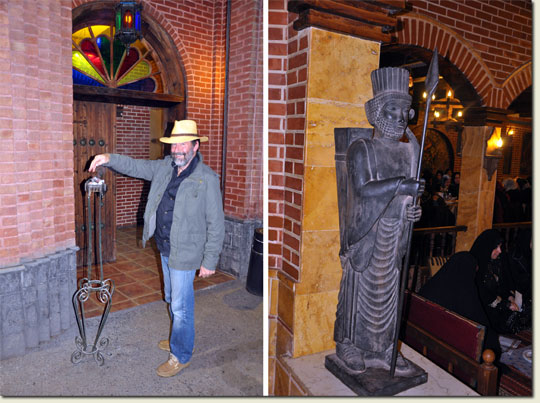

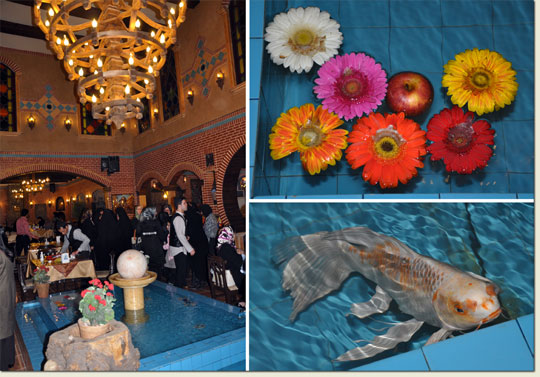
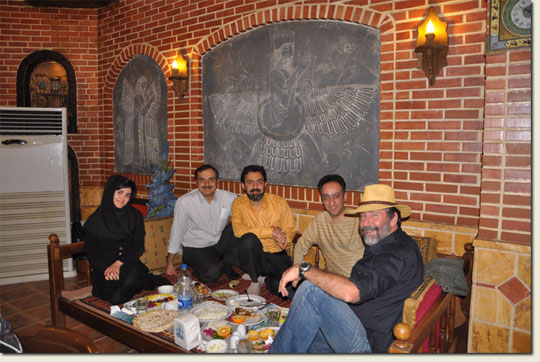
Heiko was invited to the finest restaurants of Lahijan, to top was the last evening in the one dedicated to Darius III. It has a beautiful interior design, old traditional furniture and decor, even the women traditionally dress (but impossible to photograph). There was an old fountain in the centre with water lilies and veil-ail koi, and the food was unmatched.
Thank you Islamic Azad University in Lahijan, thank you very much to all the directors, doctors, professors and researchers, thank you for inviting me, and hopefully you liked my seminars and workshop. Heiko Bleher.
This post is also available in: Anglais Italien Allemand Espagnol Português







